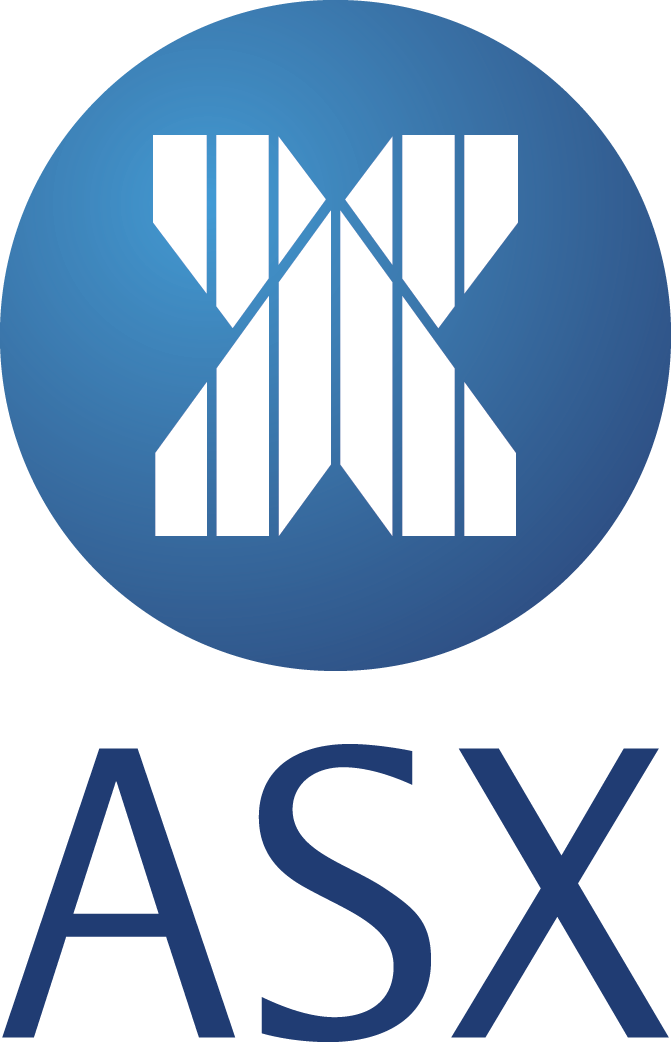Prices & performance
Show fund factsheets & data
Strategy overview
Issuer:Key facts
ASX announcements

The iNAV reflects the estimated NAV per unit in respect of the Fund’s assets that have live market prices during the trading day. The issuer of the Fund has engaged ICE Data Indices, LLC as iNAV calculation agent to independently calculate the iNAV.
* iNAV calculations as shown (the "data") are provided by ICE Data Indices, LLC or its third party suppliers and are updated during ASX trading hours. iNAV calculations are indicative and for reference purposes only. The Fund is not sponsored, endorsed, sold or marketed by ICE Data Indices, LLC, its affiliates ("ICE Data") and ICE Data or its respective third party suppliers MAKE NO EXPRESS OR IMPLIED WARRANTIES, AND HEREBY EXPRESSLY DISCLAIM ALL WARRANTIES OF MERCHANTABILITY OR FITNESS FOR A PARTICULAR PURPOSE WITH RESPECT TO THE iNAV, FUND OR ANY FUND DATA INCLUDED THEREIN. IN NO EVENT SHALL ICE DATA HAVE ANY LIABILITY FOR ANY SPECIAL, PUNITIVE, DIRECT, INDIRECT, OR CONSEQUENTIAL DAMAGES (INCLUDING LOST PROFITS), EVEN IF NOTIFIED OF THE POSSIBILITY OF SUCH DAMAGES. You acknowledge that the data is provided for information only and should not be relied upon for any purpose.
Strategy Overview
This Fund is an Irish domiciled UCITS fund marketed in the UK under the Overseas Fund Regime (OFR). The Fund is not subject to the UK sustainability disclosure and labelling regime.
Key Facts
Exit Price:
Price Date:
Issuer:
* This is an annualised interest rate from the past seven days. For actual performance for our Cash Funds, please view the performance page.
Issuer:
Strategy Overview
Key Facts
Past performance is not a reliable indicator of future performance. Unless otherwise stated, performance returns for periods greater than one year are annualised. Net performance returns are calculated assuming reinvestment of distributions and use exit prices which are net of management fees and performance fees (where applicable). No allowance has been made for an investor's own brokerage when they buy their units on a securities exchange.
Why invest in small and mid cap companies?
By favouring companies with sustainable competitive advantages, strong financials and predictable earnings we seek to deliver superior returns and protect from downside risks.
Value is discovered through a bottom-up investment approach with an emphasis on industry, financials and management.
Consistent absolute returns have been delivered through all investment cycles over the medium and long term.
How we invest in Australian equities
A company to watch
NextDC, a premier data centre operator, is just one of many high-quality medium-sized companies operating across all areas of the Australian economy.
By favouring companies with sustainable competitive advantages, strong financials and predictable earnings, we seek to deliver superior returns and minimise downside risks. Value is discovered through a bottom-up investment approach.
The team first invested in Australian data centre operator NextDC in 2014 because they could see that organisations’ data requirements are becoming so large, there is little choice but to outsource to the professionals.
NextDC generates strong cash flow from long term customer contracts – and their clients’ growing data demands. Given the exponential pace of demand, NextDC can confidently reinvest this cash flow in even more data capacity, delivering returns to shareholders above their cost of capital.
As corporate Australia experiments with new technologies such as Blockchain, 5G and Artificial Intelligence, we expect the demand for NextDC’s access to popular cloud vendors will grow.
Dawn Kanelleas
Head of Australian Small and Mid Cap Companies
The niche where function always trumps fashion
Small appliance company Breville is an iconic Australian success story. While many of its competitors are price and fashion led, Breville is truly engineering led, solving consumer problems with a broad range of innovative appliances including an exceptional range of coffee, toastie, waffle and pizza makers.
It has executed a fast growing and sustainable expansion into niche but highly scalable markets in the US, UK and Europe. While we have owned and followed this stock for some time, management quality is one of the key drivers of conviction, and our position has built up in line with increasing confidence around the strategy put in place by CEO Jim Clayton.
He has been the steward of the business since July 2015, constructing a recipe for success through supply chain redesign. The company facilitates direct fulfilment and has invested in product research and development and increased marketing support.
Any stock mentioned does not constitute an offer or inducement to enter into any investment activity.
Responsible investment is led by engagement
Our assessment of Australian small and mid-cap companies includes criteria related to practice, commitment and disclosure of ESG issues by company management, and performance relative to peers. As part of our commitment to responsible investment, we have active, direct dialogue with many company board members and senior management on material ESG issues.
Any stock mentioned does not constitute an offer or inducement to enter into any investment activity.
Meet Dawn Kanelleas
When she’s not gleaning new perspectives from art exhibitions large and small, Dawn Kanelleas curates a portfolio of Australia’s best up-and-coming companies.
Meet the investment team
Dawn Kanelleas
Michael Joukhador
Tahlia Gugusheff
Minnie Tong
Read our latest insights
Want to know more?
Contact your Financial Adviser
Get the right experience for you
Your location :  Australia
Australia
Australia & NZ
-
 Australia
Australia -
 New Zealand
New Zealand
Asia
-
 Hong Kong (English)
Hong Kong (English) -
 Hong Kong (Chinese)
Hong Kong (Chinese) -
 Singapore
Singapore -
 Japan
Japan

















 United Kingdom
United Kingdom 